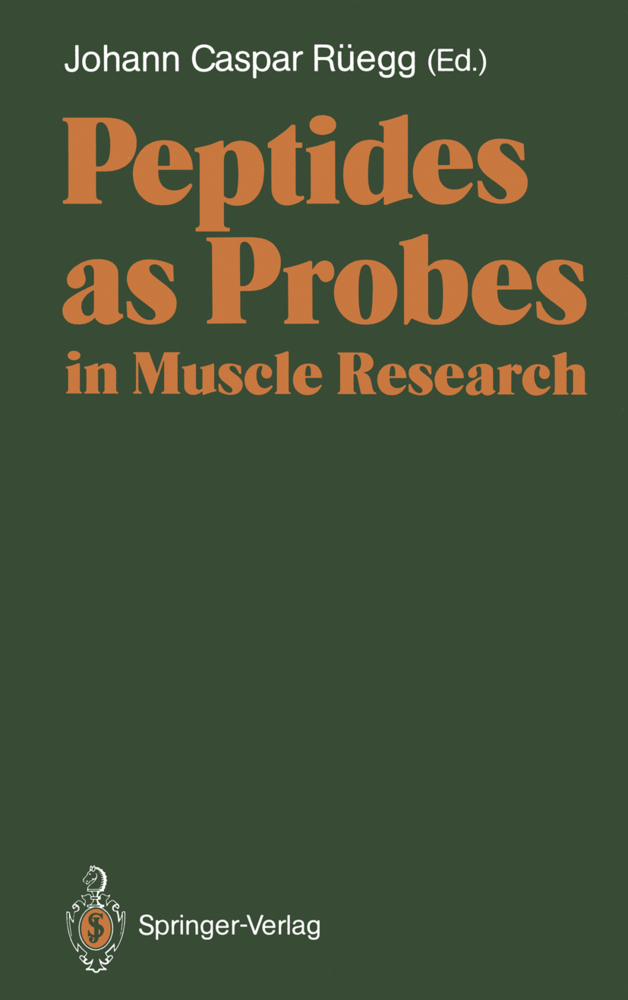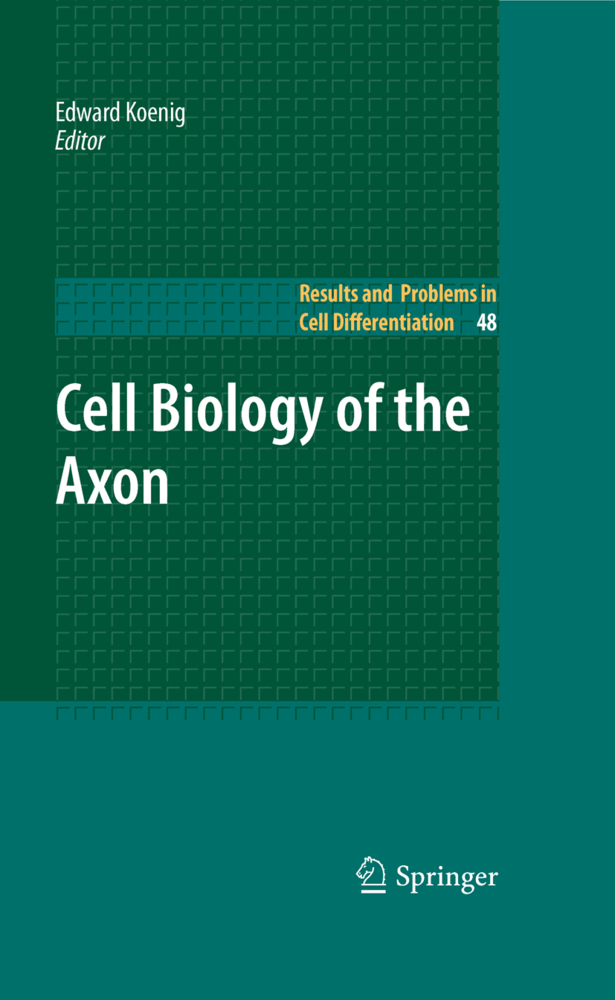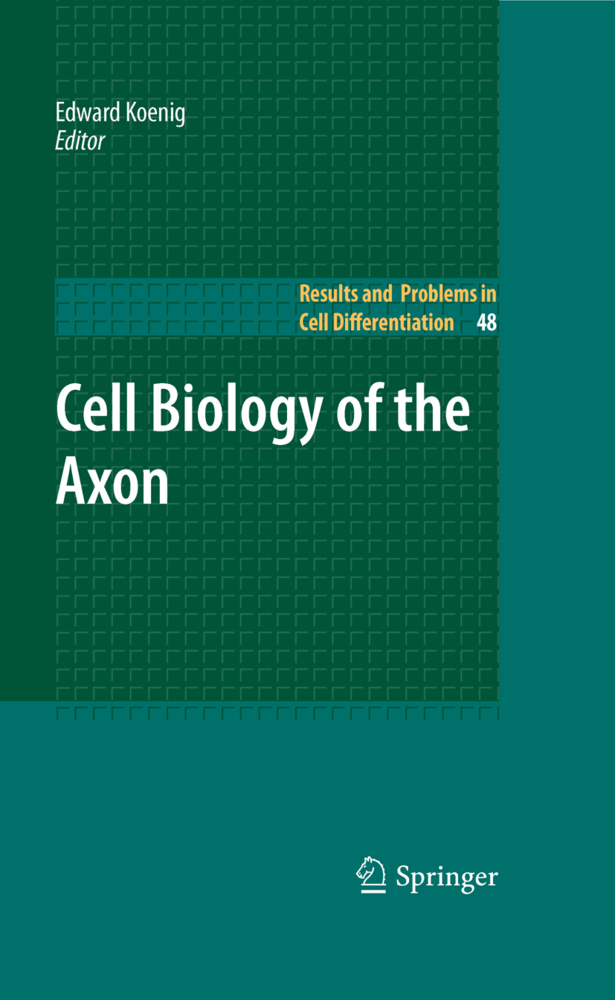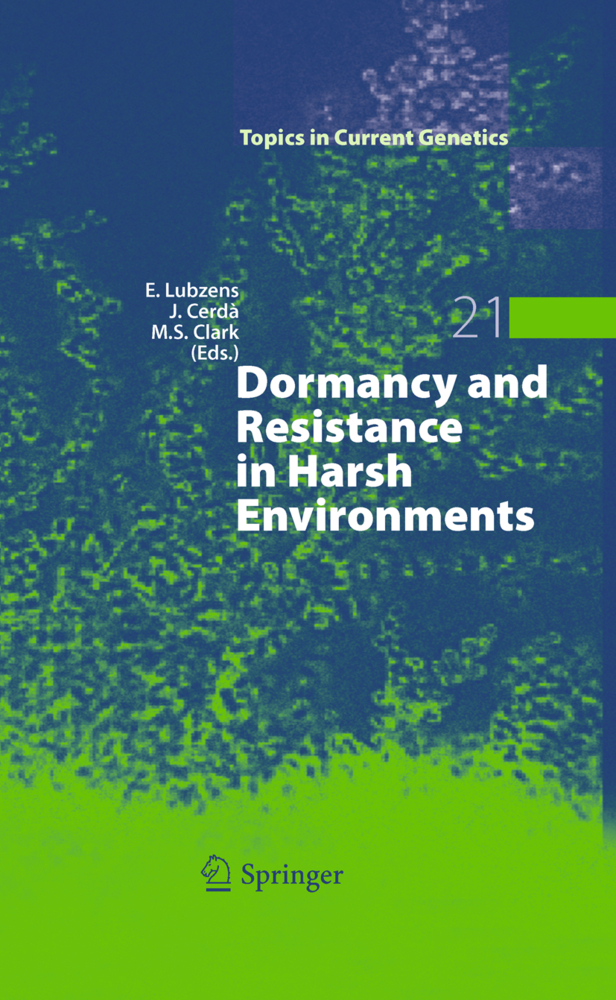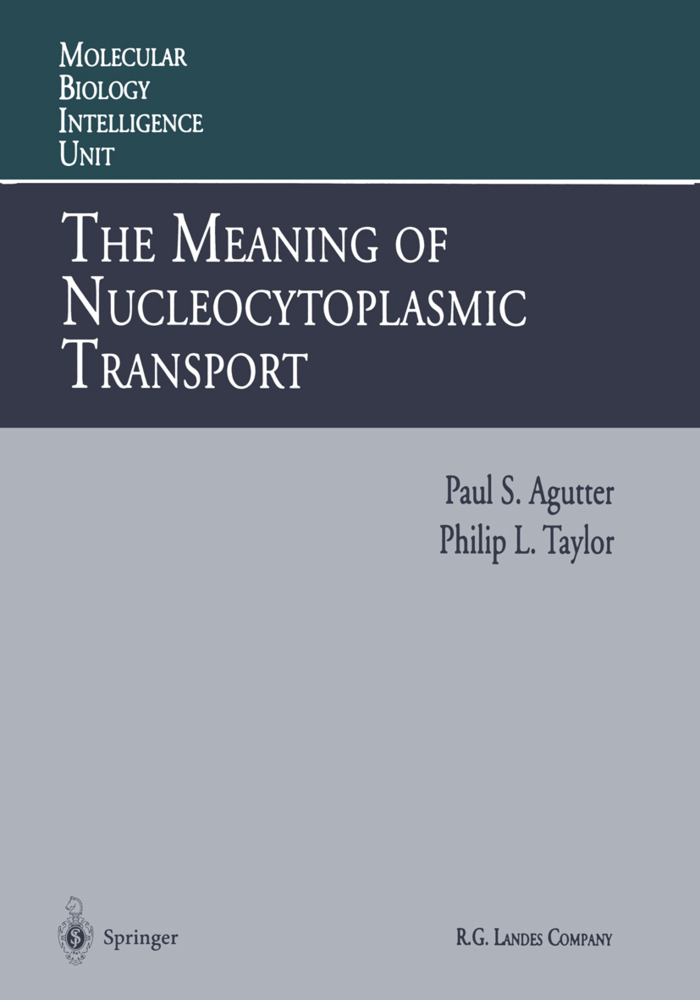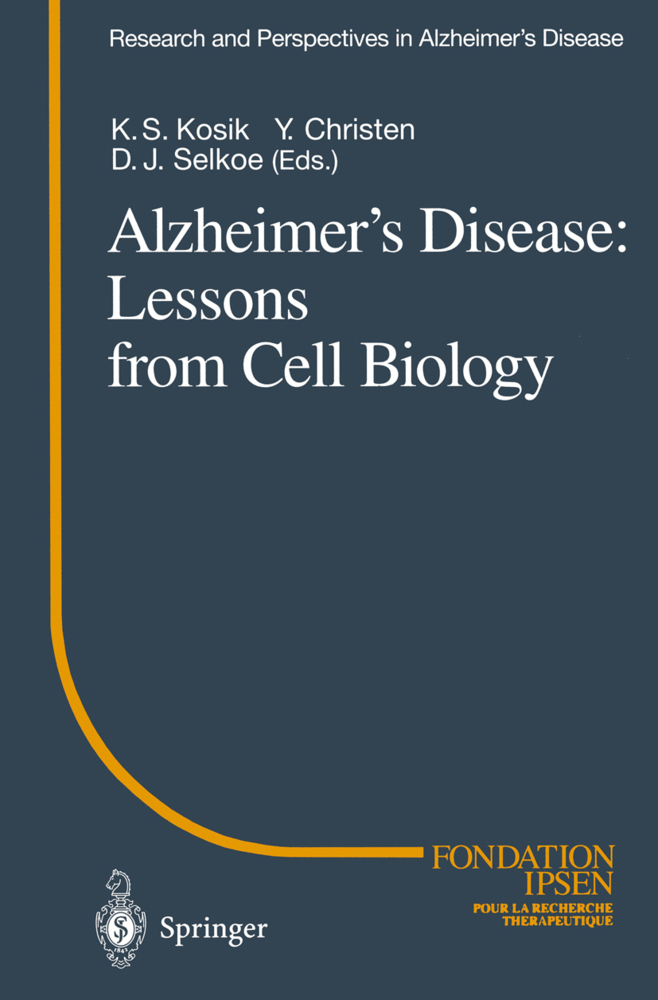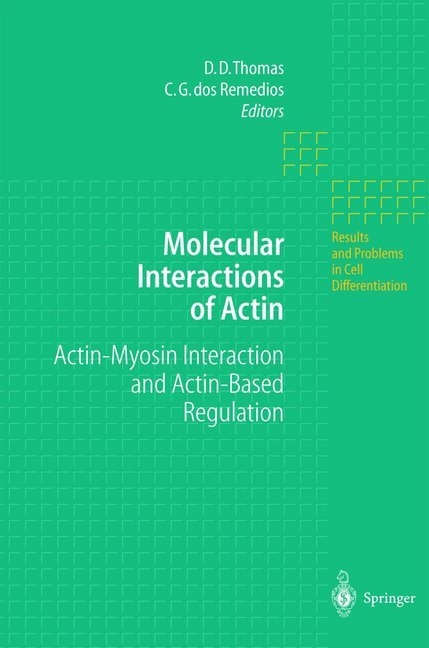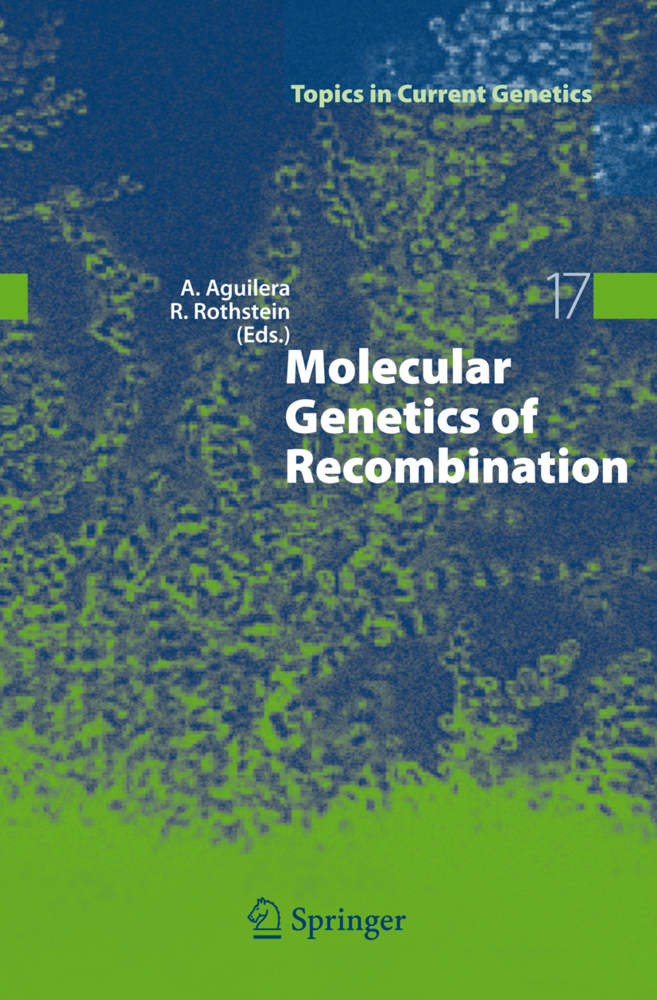Peptides as Probes in Muscle Research
Peptides as Probes in Muscle Research
Protein-protein interactions are involved in muscle contraction and signal transduction. This book describes how synthetic peptides may be used, much like antibodies, both as specific inhibitors and as molecular probes to explore the cognitive interfaces between interacting proteins and their functional significance. This offers the prospect of very selective intervention in cellular mechanisms. These timely contributions by several experts will appeal to the researchers in muscle physiology, cardiovascular pharmacology and cell biology who are interested in this new approach.
Probing Myosin Head Structures with Monoclonal Antibodies and Recombinant Technology
An Actin-Binding Site on Myosin
Competitive Inhibition of Maximum Ca-Activated Force in Skinned Muscle Fibers by Cationic Peptides from the SH-1 Region of Myosin Heavy Chain
The Use of Peptide Mimetics to Define the Actin-Binding Sites on the Head of the Myosin Molecule
Interference of Myosin Peptides with Weak and Strong Actin Interaction of Cross-Bridges in Skeletal Muscle Fibres
Caldesmon Derived Polypeptides as Probes of Force Production in Skeletal Muscle
Myosin and Troponin Peptides Affect Calcium Sensitivity of Skinned Muscle Fibres
Peptides as Probes of the Mechanisms Regulating Smooth Muscle Contractility: Studies on Skinned Fibres
Antibodies as Probes of the Mechanisms Regulating Smooth Muscle Contractility: Studies on Skinned Fibres
Regulation of Ca2+ Release from Sarcoplasmic Reticulum of Skeletal Muscle by an Endogenous Substance
Defining Sites and Mechanisms of Interaction Between Rhodopsin and Transducin
Comparative Studies on Chicken Skeletal and Smooth Muscle Dystrophins
Use of Synthetic Peptides in the Study of the Function of Dystrophin.
Structure of Actin
Interaction of Actin 1-28 with Myosin and Troponin I and the Importance of these Interactions to Muscle RegulationProbing Myosin Head Structures with Monoclonal Antibodies and Recombinant Technology
An Actin-Binding Site on Myosin
Competitive Inhibition of Maximum Ca-Activated Force in Skinned Muscle Fibers by Cationic Peptides from the SH-1 Region of Myosin Heavy Chain
The Use of Peptide Mimetics to Define the Actin-Binding Sites on the Head of the Myosin Molecule
Interference of Myosin Peptides with Weak and Strong Actin Interaction of Cross-Bridges in Skeletal Muscle Fibres
Caldesmon Derived Polypeptides as Probes of Force Production in Skeletal Muscle
Myosin and Troponin Peptides Affect Calcium Sensitivity of Skinned Muscle Fibres
Peptides as Probes of the Mechanisms Regulating Smooth Muscle Contractility: Studies on Skinned Fibres
Antibodies as Probes of the Mechanisms Regulating Smooth Muscle Contractility: Studies on Skinned Fibres
Regulation of Ca2+ Release from Sarcoplasmic Reticulum of Skeletal Muscle by an Endogenous Substance
Defining Sites and Mechanisms of Interaction Between Rhodopsin and Transducin
Comparative Studies on Chicken Skeletal and Smooth Muscle Dystrophins
Use of Synthetic Peptides in the Study of the Function of Dystrophin.
Rüegg, Johann C.
| ISBN | 978-3-642-76411-0 |
|---|---|
| Artikelnummer | 9783642764110 |
| Medientyp | Buch |
| Auflage | Softcover reprint of the original 1st ed. 1991 |
| Copyrightjahr | 2012 |
| Verlag | Springer, Berlin |
| Umfang | X, 174 Seiten |
| Abbildungen | X, 174 p. 1 illus. |
| Sprache | Englisch |

